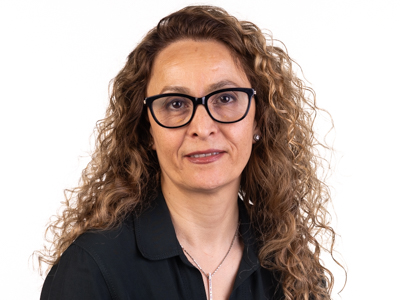Homa Tajsharghi

Profile
After completing her MSc in technical chemistry and biochemistry at Chalmers Technical University, Sweden, I trained in clinical chemistry at the Sahlgrenska Academy, the University of Gothenburg in 1998. During my PhD, I switched fields from technical chemistry and biochemistry to human genetics and molecular and cellular biology. I completed my PhD at the Biomedicine Institute, Sahlgrenska Academy, the University of Gothenburg, Sweden, on a new disease entity 'Myosin myopathy', from 1999-2003. From 2008-2015 I was a Associate Professor in Experimental Pathology and an Swedish Research Council Fellow at the Biomedicine Institute and Principle Investigator of the Pathogenesis of new group of muscle diseases research group at the Sahlgrenska Academy, University of Gothenburg. I started at the University of Skovde in 2014 as a Senior Lecturer in Biomedicine and became a Professor in 2015. I am the head of the Neurogenetic disorder research group at the Translational medicine TRIM, School of Health and learning and Director of International Biomedicine Program at the University of Skovde.
I was awarded Queen Silvia's Jubilee Foundation Prize in 2004 for Research at Disabled children and young people. In 2013 my research proposal was elected in the European Research Council (ERC) Starting Grants and passed to the final step of the evaluation that was an interview by the ERC evaluation panel in Brussel. At the final panel my research proposal scored A, meaning Fully meets the ERC's excellence criterion. In 2015, I was elected of the Mobility Regional Excellence (MoRE) program, funded by the European Union's Seventh Framework Program for research, technological development and demonstration and Region Västra Götaland. The research project, ''Aetiology and pathobiology of inherited cardioskeletal muscle diseases'', was a collaboration with Professor Nigel Laing at the Harry Perkins Institute of Medical Research.
Research overview
Since my thesis defense, I have developed and extended my research interests in several novel directions, established and developed new methods and new disease models to understand the pathogenic events that lead to muscle weakness in this group of diseases. These methods were useful in characterization of muscle pathology and pathophysiology of myosin myopathies. My further studies resulted to discovery of additional human muscle diseases with a comprehensive clinical, morphological, physiological and genetic characterization. I demonstrated and found that using simple organism such as the worms C. elegans would be an excellent disease model to study functional and structural consequences of myopathies. I am now interested in human tissue-culture cells and the fruit flies, Drosophila, as the disease models to study the functional and structural consequences of sarcomeric myopathies with main focus on muscle diseases and Protein aggregate myopathies.
Current research focus: Rare diseases & Neurogenic disorders
- Muscle in health and disease
- Aetiology and pathobiology of novel cardiac and skeletal muscle diseases
- Aetiology of rare and severe recessive pediatric diseases for prevention
- Disease models of neuromuscular and cardiac diseases
- The Ubiquitin-Proteasome System in protein aggregate myopathies
Current research projects:
- Application of NGS technologies for identification of genetic causes of novel cardiac and skeletal myopathies
- Application of NGS technologies for prevention of rare and severe recessive pediatric diseases
- Development of a fast, comprehensive and cost-efficient NGS for the clinical molecular diagnosis of inherited carioskeletal myopathies > Aetiology and Pathobiology of Protein Aggregate Myopathies
- Investigation of the primary trigger for Protein Aggregate Myopathies and the role of the Ubiquitine-Proteaasome System
- Drosophila and transfected human skeletal muscle culture cells as a disease model of Protein aggregate myopathies
- Patient-derived skeletal muscle culture cells as a disease model of Sarcomeric and embryonic muscle diseases
- iPSc as a disease model of cardioskeletal myopathies
Selected publications
- Sadegi M, Moslemi A-R, Kariminejad A, Davis M, Goullee H, Ohlsson B, Laing N, Tajsharghi H *. Ataxia Telangiectasia-like disorder in a family deficient for MRE11A, caused by a synonymous mutation in MRE11. Neurology Genetics 2018 Dec 3.PMID: 30584599
- Lee RG, Sedghi M, Salari M, Shearwood A-MJ, Stentenbach M, Kariminejad A, Goullee H, Rackham O, Laing N, Tajsharghi H*, Filipovska A*. Early-onset Parkinson disease caused by a mutation in CHCHD2 and mitochondrial dysfunction. Neurology Genetics 2018 Oct 5.PMID: 30338296
- Dahl-Halvarsson M, Olive M, Pokrzywa M, Ejerskär C, Palmer R, Uv A, Tajsharghi H*. Drosophila model of myosin myopathy rescued by overexpression of a TRIM-protein family member. Proc Natl Acad Sci USA. 2018 Jul 10;115(28):E6566-E6575. doi: 10.1073/pnas.1800727115. Epub 2018 Jun 26. PMID: 29946036
- Nilipour Y, Nafissi S, Tjust A E, Ravenscroft G, Hossein-Nejad H, Taylor R, Varasteh V, Pedrosa Domellöf F, Zangi M, Tonekaboni S-H, Olivé M, Laing N, Tajsharghi H*. Ryanodine receptor type 3 (RYR3) as a novel gene associated with a myopathy with nemaline rods. Eur J Neurol. 2018 Jun;25(6):841-847. doi: 10.1111/ene.13607. Epub 2018 Mar 26.
- Ariana Kariminejad, Martin Dahl-Halvarsson, Gianina Ravenscroft, Fariba Afroozan, Hayley Goullée, Mark R Davis, Nigel G Laing, Homa Tajsharghi*. TOR1A variants cause a severe arthrogryposis with developmental delay, strabismus and tremor. Brain 2017 Nov 1;140(11).
- Dahl-Halvarsson M, Pokrzywa M, Rauthan M, Pilon M, Tajsharghi H*. Myosin storage myopathy in C. elegans and human cultured muscle cells. PloS One. 2017 Jan 26.
- Pokrzywa M, Norum M, Lengqvist J, Ghobadpour M, Abdul-Hussein S, Moslemi AR, Tajsharghi H*. Developmental MYH3 Myopathy Associated with Expression of Mutant Protein and Reduced Expression Levels of Embryonic MyHC. PLoS One. 2015 Nov 6;10(11).
- Kariminejad A, Ghaderi-Sohi S, Hossein-Nejad Nedai H, Varasteh V, Moslemi AR, Tajsharghi H. Lethal multiple pterygium syndrome, the extreme end of the RYR1 spectrum. BMC Muscoskelet disord. 2016 Mar 1;17(1):109.
- Pokrzywa M, Norum M, Lengqvist J, Ghobadpour M, Abdul-Hussein S, Moslemi AR, Tajsharghi H. Developmental MYH3 Myopathy Associated with Expression of Mutant Protein and Reduced Expression Levels of Embryonic MyHC. PLoS One. 2015 Nov 6;10(11).
- Olivé M, Abdul-Hussein S, Oldfors A, Fürst DO, van der Ven P.F. M., Gonzalez-Costello J, Gonzalez-Mera L, Torrejón-Escribano B, Alió J, Pou A, Ferrer I, Tajsharghi H. MuRF1 and MuRF3 mutations cause a novel protein aggregate myopathy and cardiomyopathy. Human Molecular Genetics. 2015 Jul 1;24(13):3638-50.
- Tajsharghi H, Hammans S, Lindberg C, Lossos A, Clarke N, Mazanti I, Waddell LB, Fellig Y, Foulds N, Katifi H, Webster R, Udd B, Argov Z, Oldfors A. (2014) Recessive myopathy with external ophthalmoplegia associated with MYH2 mutations. Eur J Hum Genet. 2014 Jun;22(6):801-8.
- Abdul-Hussein S, Rahl K, Moslemi AR, Tajsharghi H. (2013) Phenotypes of myopathy-related beta-tropomyosin mutants in human and mouse tissue cultures. PloS One. 2013 Sep 10;8(9).
- Lossos A, Oldfors A, Fellig Y, Meiner V, Argov Z, Tajsharghi H. (2013) MYH2 mutation in recessive myopathy with external ophthalmoplegia linked to chromosome 17p13.1-p12. Brain 2013 Jul;136(Pt 7).
- Abdul-Hussein S, van der Ven PFM, Tajsharghi H. (2012) Expression profiles of muscle disease-associated genes and their isoforms during differentiation of cultured human skeletal muscle cells. BMC Muscoskelet disord. 13(1):262
- Ohlsson M, Hedberg C, Brådvik B, Lindberg C, Tajsharghi H, Danielsson O, Melberg A, Udd B, Martinsson T, Oldfors A. (2012) Hereditary myopathy with early respiratory failure associated with a mutation in A-band titin. Brain. Jun;135(Pt 6):1682-94.
- Tajsharghi H, Hilton-Jones D, Raheem O, Saukkonen AM, Oldfors A, Udd B. (2010) Human disease caused by loss of fast IIa myosin heavy chain due to recessive MYH2 mutations. Brain. 133:1451-9.
- Moslemi AR, Lindberg C, Nilsson J, Tajsharghi H, Andersson B, Oldfors A. (2010) Glycogenin-1 deficiency and inactivated priming of glycogen synthesis. N Engl J Med. 362:1203-10.
- Tajsharghi H, Leren TP, Abdul-Hussein S, Tulinius M, Brunvand L, Dahl HM, Oldfors A. (2010) Unexpected myopathy associated with a mutation in MYBPC3 and misplacement of the cardiac myosin binding protein C. J Med Genet. 47:575-7.
- Ohlsson M, Quijano-Roy S, Darin N, Brochier G, Lacène E, Avila-Smirnow D, Fardeau M, Oldfors A, Tajsharghi H. (2008) New morphologic and genetic findings in cap disease associated with beta-tropomyosin (TPM2) mutations. Neurology. 71:1896-901.
- Tajsharghi H, Kimber E, Kroksmark AK, Jerre R, Tulinius M, Oldfors A. (2008) Embryonic myosin heavy-chain mutations cause distal arthrogryposis and developmental myosin myopathy that persists postnatally. Arch Neurol. 65:1083-90.
- Nilsson J, Tajsharghi H (2008) Beta-tropomyosin mutations alter tropomyosin isoform composition. Eur J Neurol. 15:573-8.
- Tajsharghi H, Ohlsson M, Lindberg C, Oldfors A. (2007) Congenital myopathy with nemaline rods and cap structures caused by a mutation in the beta-tropomyosin gene (TPM2). Arch Neurol. 64:1334-8.
- Tajsharghi H, Kimber E, Holmgren D, Tulinius M, Oldfors A. (2007) Distal arthrogryposis and muscle weakness associated with a beta-tropomyosin mutation. Neurology. 68:772-5.
- Tajsharghi H, Pilon M, Oldfors A. (2005) A Caenorhabditis elegans model of the myosin heavy chain IIa E706K mutation. Ann Neurol. 58:442-8.
- Tajsharghi H, Thornell LE, Lindberg C, Lindvall B, Henriksson KG, Oldfors A.(2003) Myosin storage myopathy associated with a heterozygous missense mutation in MYH7. Ann Neurol. 54:494-500.
Selected reviews
- Tajsharghi H., Oldfors A. (2012) Myosinopathies. Acta Neuropathologica.
- Tajsharghi H. (2008) Thick and thin filament gene mutations in striated muscle diseases. Int J Mol Sci. 7:1259-75.
- Oldfors A, Tajsharghi H, Darin N, Lindberg C. (2004) Myopathies associated with myosin heavy chain mutations. Acta Myol. 2:90-6.
Research
2025
Annals of Neurology
2025. Article.
https://doi.org/10.1002/ana.78013
American Journal of Human Genetics
2025. Article. https://doi.org/10.1016/j.ajhg.2025.08.010
Clinical Genetics
2025. Article. https://doi.org/10.1111/cge.14712
Brain Communications
2025. Article.
https://doi.org/10.1093/braincomms/fcae453
Clinical Genetics
2025. Article.
https://doi.org/10.1111/cge.14736
Molecular Genetics & Genomic Medicine
2025. Article.
https://doi.org/10.1002/mgg3.70163
Genetics in Medicine
2025. Article.
https://doi.org/10.1016/j.gim.2024.101278
2024
Annals of Clinical and Translational Neurology
2024. Article.
https://doi.org/10.1002/acn3.52189
2023
Brain
2023. Article.
https://doi.org/10.1093/brain/awad257
Brain
2023. Article.
https://doi.org/10.1093/brain/awad039
2022
2021
2020
2019
2018
2017
2016
2015
2014
2013
2012
2010
2008
2007
2006
2005
2004
2003
2002
Ongoing projects
Neurogenic disorders
Neurogenetic disorder is a group of diseases or conditions that impair the functioning of the nervous system and muscles. Neurogenetic diseases are largely caused by defective genes, a mutation or error in the DNA instructions. There are an increasing number of gene mutations that have been identified in patients with neurogenetic diseases. There are, however, a large number of neurogenetic disorders with unknown causes.
January 2003 - December 2029 67927Finished projects
What Do You Know About Genetics?
Consanguineous marriage is a major risk factor for autosomal recessive diseases (ARS), both in terms of morbidity and long-term mortality. Due to significant immigration to Sweden from countries where cousin marriage is common, the prevalence of ARS is expected to increase in the coming years. This increase will have substantial costs, both economically for society and in terms of human suffering for individuals. To address this issue, we need to understand people's experiences and knowledge about these genetic risks.
January 2024 - January 2025 67927